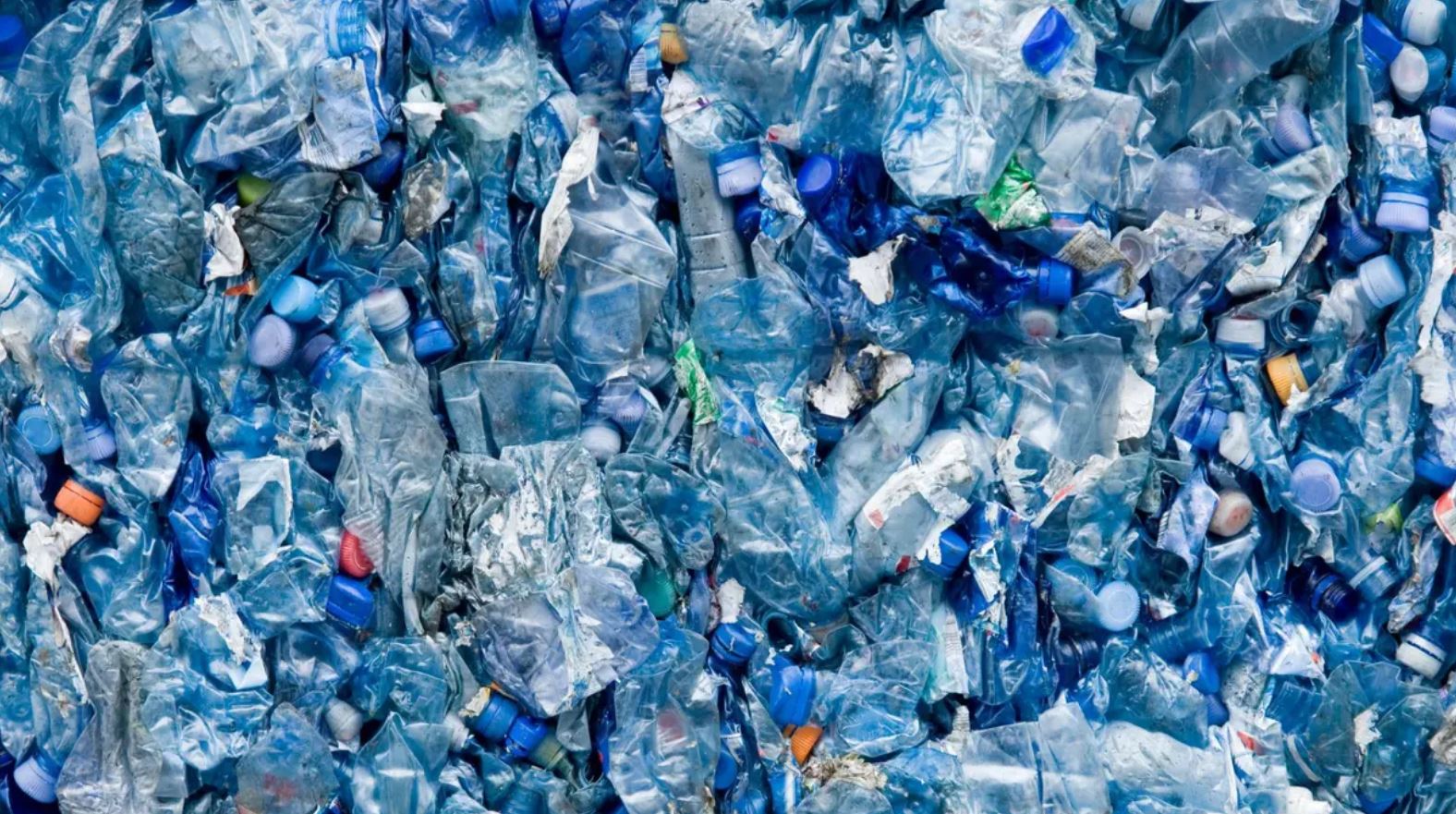 Researchers from Jiangsu University and Shanghai Jiao Tong University have taken an exciting step forward in tackling the global plastic waste problem. Their new solar-driven photoreforming process turns discarded plastics into hydrogen fuel and other valuable chemicals, as outlined in a recent review published in Frontiers in Energy.
Researchers from Jiangsu University and Shanghai Jiao Tong University have taken an exciting step forward in tackling the global plastic waste problem. Their new solar-driven photoreforming process turns discarded plastics into hydrogen fuel and other valuable chemicals, as outlined in a recent review published in Frontiers in Energy.
Traditional disposal methods like landfilling and incineration often squander precious carbon resources. By contrast, photoreforming leverages sunlight to convert waste into renewable energy and chemical feedstocks. The review delves into advancements in photocatalyst design and explores the thermodynamics and kinetics behind breaking down common plastics into hydrogen and fine chemicals.
The study also examines the potential role of artificial intelligence in optimising catalyst design—a nod to future improvements, even as scaling challenges remain. While still in its experimental phase, this approach offers a promising, greener alternative for plastic waste management, with the potential to influence both industrial practices and future environmental policies.
If you’ve ever felt frustrated by the limitations of conventional recycling methods, you might find this innovative process a welcome breath of fresh air. It reimagines plastic waste not as a burden, but as a resource that can spark cleaner energy production and support sustainable growth.








